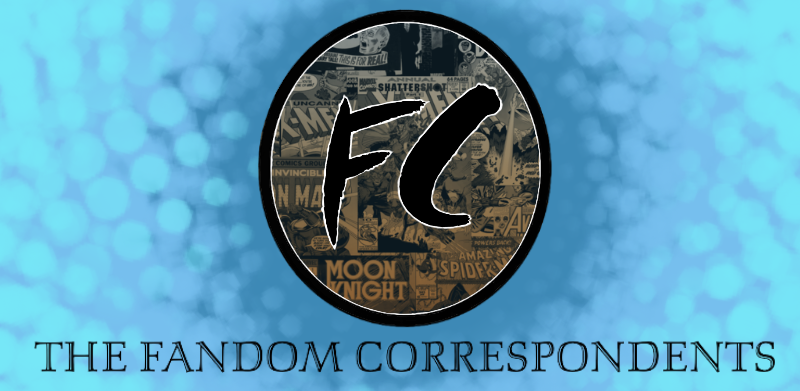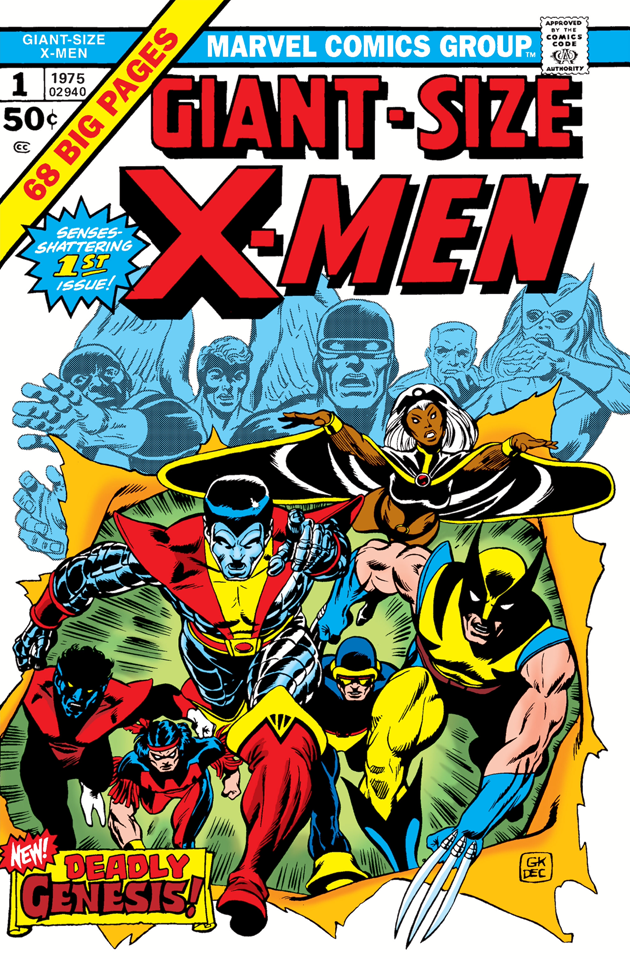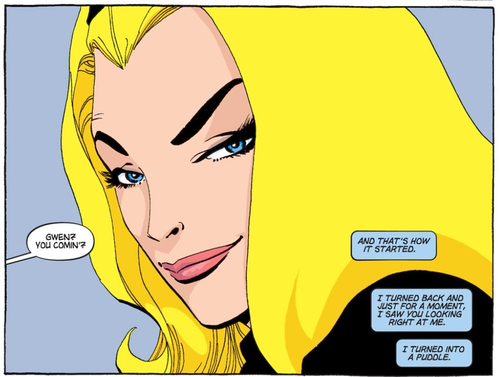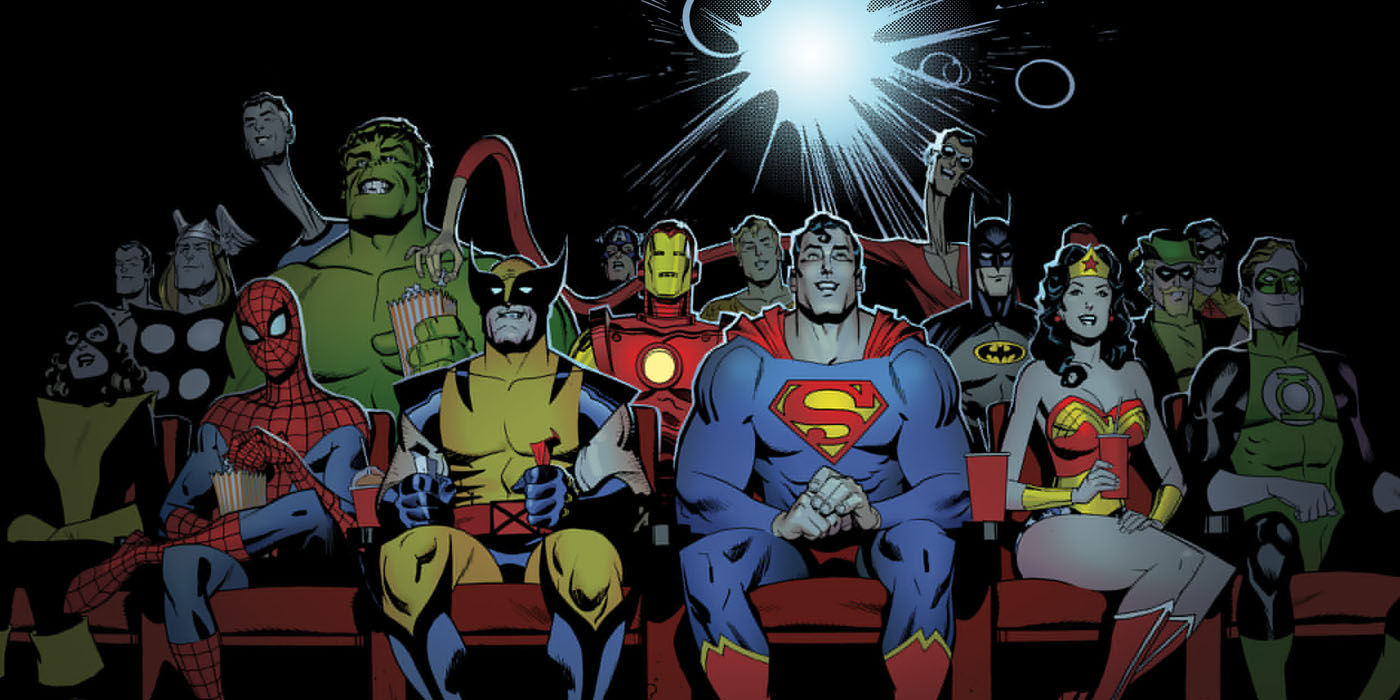New to comics? Great! I have way too much information about the subject so I decided to do a series of articles on it. Last time, we discussed how comics are for everyone to enjoy and today we’ll be discussing the differences of the two primary comic companies: DC Comics and Marvel Comics. Most people are either a Marvel or a DC fan. I absolutely love both, they’ve both done amazing things for the industry as a whole and comics would not be where they are without them. Naturally I won’t be able to go over every detail of the two companies but I can at least get the basics down in this one and then build from there in future segments. One of my first thoughts when starting this series was clearing up the who’s who of comic book characters and what company do they belong to. Why isn’t Batman a part of the Avengers? Why can’t Spider-Man join the Teen Titans? All of these questions and more will be answered soon enough.
In the mid 1930’s, comics weren’t anywhere near as big as they would become in the next five to ten years nor had anyone heard or thought of the concept of the superhero yet. Most of your comics were reprints of the comic strips you would find in the Sunday paper until a few smart businessmen, writers and artists started to publish their own material in the books. Now any comic fan or historian has their own choice of who did this first, was it Martin Goodman? Was it Malcolm Wheeler-Nicholson or was it Jerry Siegal and Joe Shuster’s Superman that was the first? In all honesty it’s anyone’s guess. That period of time had many other things to worry about such as the end of the great depression or the oncoming war in Europe that no one really focused on comics yet…but they soon would.
In 1937, Detective Comics premiered under National Publications. Now, this is an important title to remember for two reasons:
- It’s the comic where Batman got his start, 27 issues later.
- It’s the reason that same company would be called “DC”
DC is unquestionably the first of the major comic companies and as such, we’ll be talking about them first.
- Major Heroes:
- Wonder Woman
- Superman
- Batman
- Batgirl
- Aquaman
- Green Lantern
- The Flash
- Shazam
- Green Arrow
- Black Canary
- Nightwing
- The Teen Titans – Team
- The Justice League – Team
- Major Villains:
- Lex Luthor
- The Joker
- Sinestro
- Black Adam
- Deathstroke
- Darkseid
- Captain Cold
- Black Manta
- Ra’s Al Ghul
- Harley Quinn
- The Suicide Squad – Team
- The Injustice League – Team
Throughout it’s extensive history DC has had some major landmark moments such as creating the Superhero genre, introducing some of the 20th century’s most endearing characters, starting the silver age of comics,(Showcase #4) buying up multiple comic companies in the 60’s and 70’s, (Thus, doubling their roster with the likes of Captain Marvel/Shazam, Blue Beetle and The Question) and of course, having the first major superhero film and show.(Batman ’66) It has naturally had to change with the times over the years, as is to be expected but by doing that they also revolutionized the same industry that they helped to create. What I’m primarily referring to is the idea of Multiverse.(I’ll be going more into that in Part 4 or 5 of Comics 101.) The basic premise of the idea is that there are multiple earths/universes happening simultaneously, some with small differences (like Clark Kent not becoming Superman until his mid twenties) and some with massive changes (like Clark Kent becoming Ultraman, an evil superpowered dictator.) The main reason for this was to explain how there could be so many different versions of the same comic characters, like an older and younger Superman who are in the same universe but one of them is from a different earth…Which leads me to the main thing that separates DC from Marvel: Legacy Characters.
Legacy characters are a very important and key aspect to the infrastructure of DC comics. The main reasons for this is because almost every hero in DC has another hero before or after them. Whether it’s Nightwing, Robin, Kid Flash, Wonder Girl or Aqualad they are the ones who will one day inherit what their mentors left behind. These characters have gone on to become some of DC’s biggest stars, Nightwing alone has gathered a huge following since he switched from Robin in 1984. Some could even say that some of these characters are more popular then their predecessors, prime example for this being Wally West being more popular as the Flash than Barry Allen. (Admittedly that last point could easily be contested but I’m just speaking in generalities based upon my generation’s love of Wally.)
DC Flourished throughout the years creating the first Superhero, the first superhero team,(The Justice Society of America) creating the first team of Teenagers,(The Teen Titans) making Batman the Dark Knight that he was meant to be,(Denny O’Neil and Neal Adams run in the 70’s), creating the first event comic,(Crisis On Infinite Earths) helping to make the 80’s one of the best decades for comics and of course, helping to make the 90’s almost unbearable to read. In 70 plus years, it’s been a great company that for better or for worse can’t and shouldn’t be forgotten or unread by any comic fan.
So why do the multiverse and legacy characters matter to DC but not to Marvel? Well the multiverse does matter to Marvel,(See 2015’s Secret Wars and the preceding Avengers and New Avengers runs by Jonathan Hickman) just not quite as much as it does to DC. As for the legacy characters, the thought process comes from the fact that Stan Lee didn’t really like Sidekicks. In his career, characters like Bucky Barnes and Rick Jones were really the only technical sidekicks he created. He always dealt more with the ideas of teams like X-Men, Fantastic Four and the Avengers.
Speaking of Marvel…let’s head on over to their side
- Major Heroes:
- Spider-Man
- Captain America
- Black Widow
- Captain Marvel
- Iron Man
- Hulk
- Wolverine
- Hawkeye
- Jessica Jones
- Ant-Man
- Black Panther
- Daredevil
- Avengers(Team)
- X-Men(Team)
- Fantastic Four(Team)
- Guardians Of The Galaxy(Team)
- Major Villains:
- Red Skull
- Loki
- Venom
- Green Goblin
- Magneto
- Thanos
- The Mandarin
- Kingpin
- Dr. Octopus
- Ultron
- Dr. Doom
- Mephisto
- The Thunderbolts(Team of reformed villains so technically they’re anti heroes)
- Masters Of Evil(Team)
- Brotherhood of Evil Mutants(Team)
- The Sinister Six(Team)
Marvel began back in the late 30’s as Timely Comics, creating characters like Namor and the first Human Torch and of course, Captain America. The main problem with the heroes of Marvel(and to some extent those of DC as well) was the fact that most of them began because of the second world war. So why have those heroes if there wasn’t a war? These were the questions that the companies would ask during the late 40’s and early 50’s. They took some characters and tried to adapt them into horror comics, which had horrendous consequences when Frederic Wertham tried to ban comics during the 50’s. It got bad enough that Marvel, which was currently called Atlas Comics, was about to go bankrupt and close the doors forever. Stan Lee, who was about to leave the company, was given free reign to write anything he wanted to and so he created a family of superheroes, the first family, the Fantastic Four and then Marvel became a global phenomenon. Character after character and story after story, Lee, Kirby, Ditko, Heck, Mantlo, Layton, Thomas, Aparo and the rest were building the company into something that would shape the the history of comics for the next 50 years.
Marvel has also had many great moments in their history such as bringing back Captain America,(Avengers #4) Creating the first Anti-Hero,(The Punisher) creating stories that feature real life events, (Amazing Spider-Man 98-100 where Peter tackles the growing problem of Drugs) creating the first main Graphic Novel,(The Death of Captain Marvel) utilizing the first cross media publication rights,(Star Wars, G.I. Joe, Transformers, ROM, Secret Wars and many others) helping to make the 80’s one of the greatest decades in comics and of course, helping to make the 90’s unbearable to read.
Overall, both of these companies have clearly given much to the lore and history of comics. For many fans, they are the only comics. I’ve loved both of them for very different reasons throughout the entirety of my life and I always will.
Next time on Comics 101 we get to talk about the films, how they got started, why certain characters can’t crossover and how they’ve affected the comic fandom as a whole. Did it help it or hurt it? Check back soon to find out.





Hurrah! At last I got a web site from where I be capable of genuinely get
valuable data concerning my study and knowledge.
I want to to thank you for this great read!! I absolutely enjoyed every bit
of it. I have you book-marked to look at new things you post…